The island of Hispaniola is home to both the Dominican Republic and Haiti, making it a unique and diverse region in the Caribbean. Here’s a geographical description of both countries:
Dominican Republic:
- Location: The Dominican Republic occupies the eastern two-thirds of the island of Hispaniola in the Caribbean Sea. It shares the western border with Haiti.
- Size: It covers an area of approximately 48,442 square kilometers (18,704 square miles), making it the second-largest country in the Caribbean after Cuba.
- Geography: The Dominican Republic is known for its diverse geography, including lush tropical rainforests, arid deserts, and mountain ranges. The Caribbean Sea lies to the south, the Atlantic Ocean to the north, and the mountainous terrain of the Cordillera Central runs through the country.
- Highest Point: Pico Duarte, at 3,087 meters (10,128 feet) above sea level, is the highest peak in the Caribbean and can be found in the Cordillera Central.
Haiti:
- Location: Haiti occupies the western third of the island of Hispaniola, sharing the eastern border with the Dominican Republic. It is situated in the Caribbean Sea.
- Size: Haiti covers an area of approximately 27,750 square kilometers (10,714 square miles).
- Geography: Haiti is known for its mountainous and rugged terrain, with the Massif du Nord in the north and the Massif de la Hotte in the south. The country also has a long coastline along the Caribbean Sea.
- Highest Point: The highest peak in Haiti is Pic la Selle, which stands at 2,680 meters (8,793 feet) above sea level.
The island of Hispaniola has a tropical climate, which includes a rainy season from May to November and a dry season from December to April. The Dominican Republic is generally more prosperous and developed than Haiti, which is one of the poorest countries in the Western Hemisphere. The two countries share a complex and often tumultuous history, as well as cultural and linguistic ties due to their shared island.
Both the Dominican Republic and Haiti have beautiful natural landscapes, and their geographical diversity contributes to their unique charm and appeal to visitors and tourists.

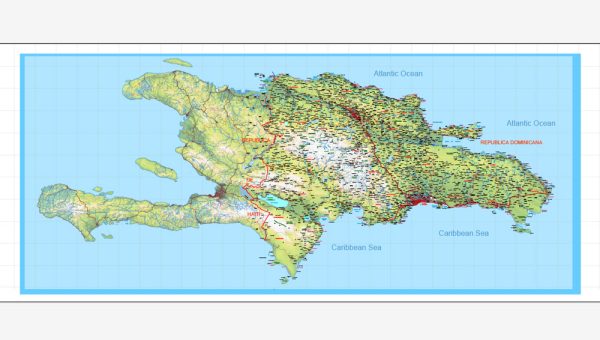
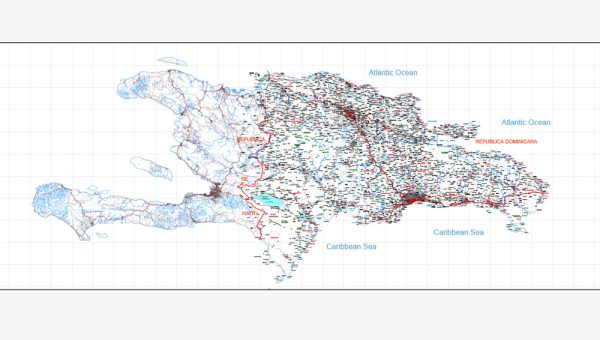
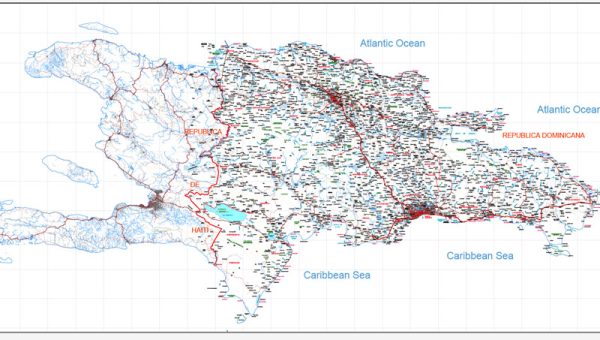
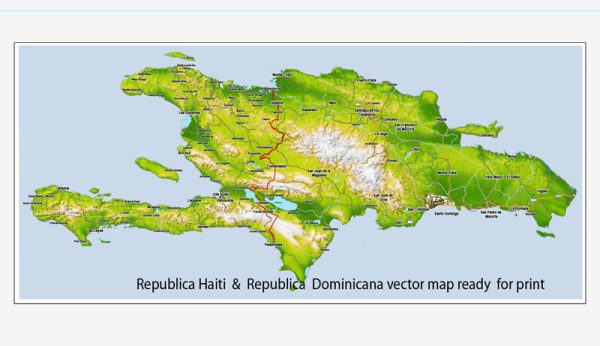
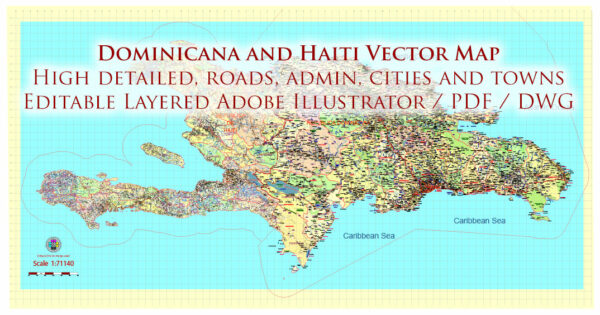
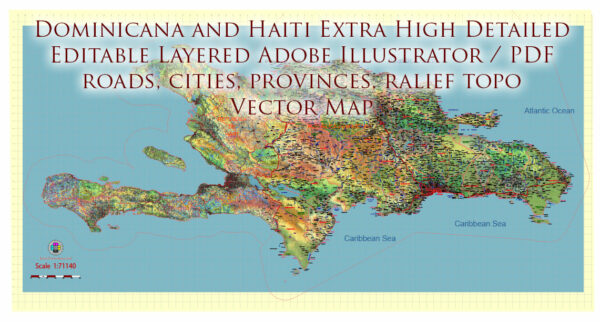
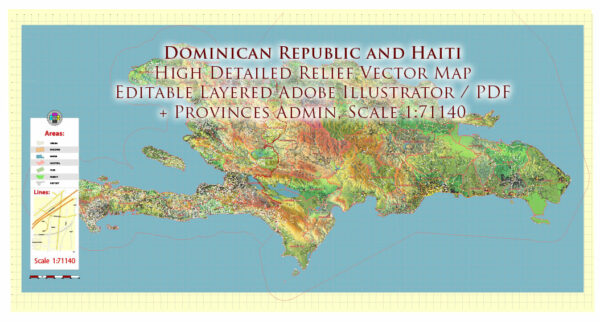
 Author: Kirill Shrayber, Ph.D.
Author: Kirill Shrayber, Ph.D.